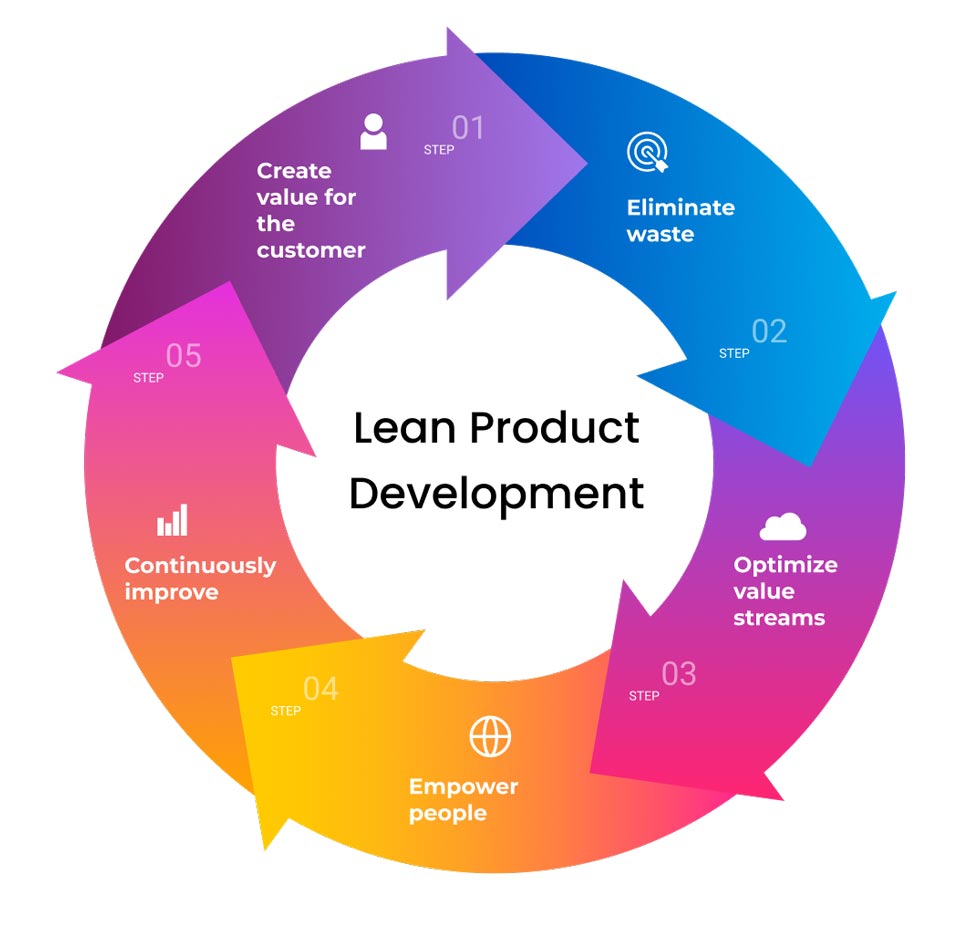
What is Microservices Architecture, and what are its common patterns?
Over the past few years, the term “Microservice Architecture” has gained popularity amongst app development companies in Virginia to describe a particular method of structuring software systems as collections of services that can be deployed separately from one another. Although one cannot exactly describe this architectural type, it does have some traits in common with other architectural strategies. These include language and data decentralization, automated deployment, endpoint intelligence, and organization based on business capacity. To put it another way, microservices’ ability to function independently is what propels them to the top of the software development food chain.
Common Patterns in Microservices Architecture
- The BFF pattern (backend-for-frontend)
Among the frontend and microservices, BFF offers a simple interface. The front-end team should ideally also be in charge of overseeing the BFF. A single BFF is only interested in one UI. As a result, we will be able to streamline our frontends and create a backend that provides a single view of all data.
b. Entity and aggregate patterns
Based on its identification, an entity is a unique thing. For instance, a product’s name, kind, and price can be used to identify a Product object on an e-commerce website. A collection of items that ought to be treated as a single entity is called an aggregate. An Order would therefore be the accumulation (aggregate) of items (entities) that a consumer has purchased on the e-commerce website. To categorize data in a meaningful way, certain patterns are employed.
c. Service discovery patterns
They are essential in making services and apps easier to find. Service instances in a microservice may differ due to outage, expansion, service discontinuation, and modifications. These patterns provide investigators with methods to deal with this ephemerality. Using service discovery techniques, load balancing may use health screenings and disruption of services as traffic rebalancing triggers.
d. Adapter microservices patterns
The Adapter Microservices design makes necessary adjustments between a legacy API or traditional WS-* based SOAP application and a company-specific API designed using RESTful or lightweight communications techniques and employing the same domain-driven methodology as a conventional microservice. For instance, adaptation is necessary when a development team lacks decentralized control over an application’s data source.
e. Strangler application pattern
By gradually replacing a particular capability with a new service, the Strangler Pattern is a well-known architectural design for breaking monolithic applications into smaller, more manageable units.
Anti-patterns in Microservices Architecture
a. Cohesion Chaos
Services shouldn’t try to do anything beyond their scope and must be aligned to a business system. It is essential for design to manage the functional separation of concerns; failing to do so would impair agility, performance, and scalability, leading to a densely coupled architecture with supply entropy and cohesion chaos.
b. Layered Services Architecture
One of the most common SOA errors was failing to comprehend how to implement service reusability. Technical cohesion was more critical to teams than functional code reuse.
c. Complexity
Organizational maturity is a key component in supporting the microservices architecture. Instead of only sending one-way tickets to the infrastructure team, software companies in VA must reorganize development teams to assume increased responsibility for the entire stack or DevOps.
d. Dependency Disorder
When you are mindful that the items must be used in a precise order to work correctly, dependency disorder can emerge as an anti-pattern. Cohesion chaos may occur if the functional isolation of the concerns is not under control.
Adding an API Gateway is an excellent way to avoid this anti-pattern.
